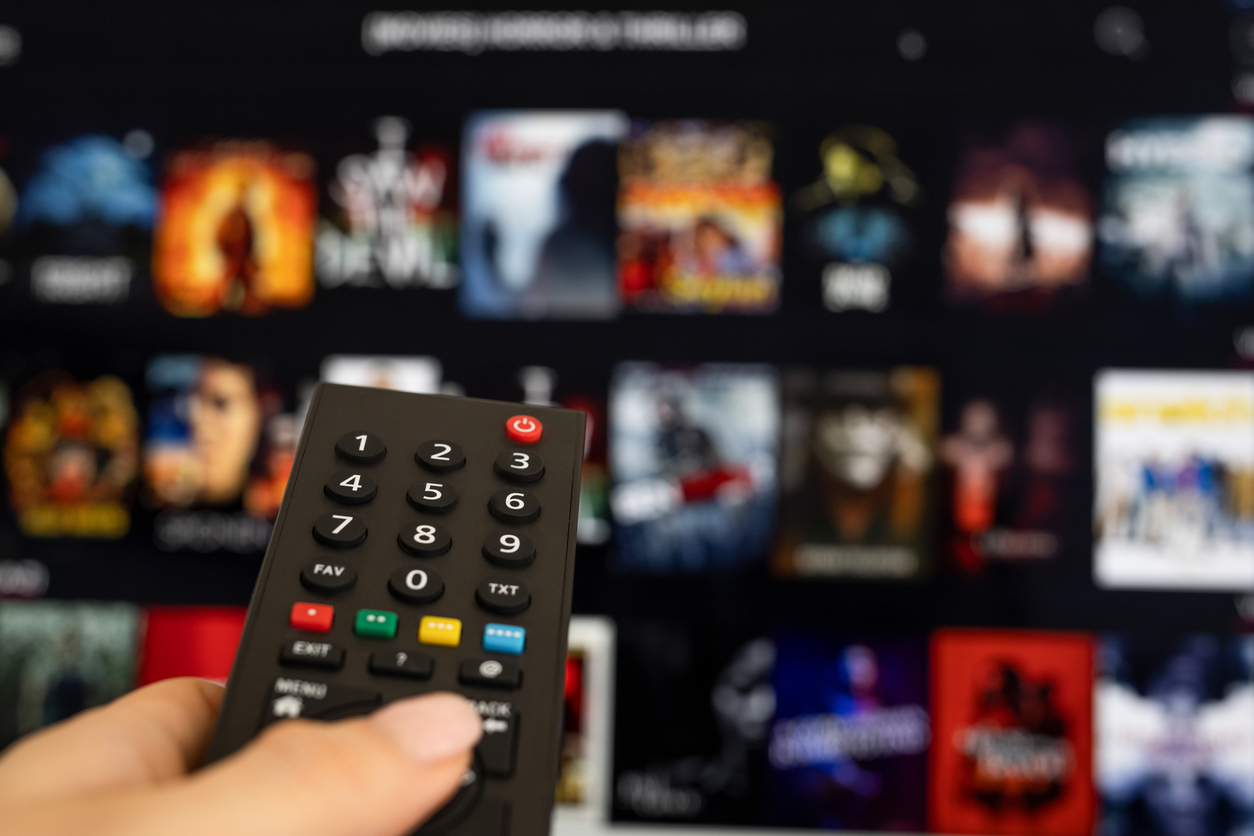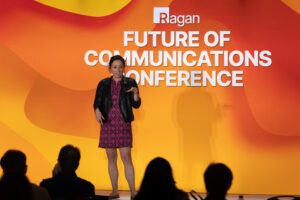Why all comms pros should watch tonight’s network news broadcasts
The Big 3 are more relevant than ever.

Matthew Hutchison is the chief communications officer for Xometry and the former chief communications officer for Forbes, Tribune Company and Dow Jones.
Like most Americans, I’ve been glued to social media and the cable networks since last night’s presidential debate, trying to make sense of a fast-moving news environment that is presenting twists and turns by the minute.
While I’m hooked to the real-time conversation, I’m also looking ahead to tonight’s evening news broadcasts. It’s a medium that we as communications professionals frequently underestimate for its influence on American public opinion and for its ability to present complicated stories succinctly and convincingly (and largely without opinion).
In just 22 minutes, ABC World News Tonight with David Muir, the CBS Evening News with Norah O’Donnell and NBC Nightly News with Lester Holt will do what most of today’s video-based media cannot: Cut through the noise and succinctly place into context the events of the last 24 hours. And that holds incredible lessons for us as communicators.
While social media is predictably overrun with outtakes and hot takes often disingenuously masquerading as fact, and as cable news weighs in with its nonstop panels of experts, the producers for tonight’s broadcast episodes are busily putting everything into context, delicately balancing reporting with expert opinion. The writing will be tight, the visuals engaging and the storytelling unmatched.
I’ll be watching to learn which angle the broadcast nets lead with, which experts they quote, and how they balance various voices. I firmly believe that studying the evening newscasts (in addition to all mediums) helps us become better communicators and counselors in our own right, not just for pitching but for developing the brand voices of our own companies and clients.
As communications professionals, we often think of what’s next, both in terms of storytelling techniques and platforms. While that’s a great thing, we should also keep in mind the tried-and-true storytelling techniques of so-called legacy media, whose voices are just as relevant as the latest social media influencer or digital media outlet. Many younger members of our profession have never watched one of the Big 3 network newscasts, and I always encourage them to do so. The newscasts will be measured, and the anchors and reporters will take great pains to maintain objectivity.
Perhaps this is why, decades after they took to the air, ABC World News Tonight, NBC Nightly News and the CBS Evening News still trounce other visual mediums in the ratings.
The three broadcast news shows collectively attract more than 17 million viewers every single night. ABC’s David Muir routinely ranks as the most-watched program across all of television, pulling in some 7.1 million viewers this past Monday alone. Lester Holt followed with 5.7 million and Norah O’Donnell with 4.34 million.
By contrast, the most popular show on cable news – FNC’s “The Five” – drew 3.5 million, less than half of Muir’s audience, 2 million less than Holt’s audience and 800,000 below O’Donnell’s numbers.
To be sure, this is not meant to bash social or cable (and certainly not FNC) but instead to reinforce the power of broadcast. Even media critics are quick to eat their own, characterizing the nightly broadcast shows as “dinosaurs” and “dying.” Those are unfortunate mischaracterizations.
The enduring appeal of the big three is rooted in both how they capture and convey the essence of the day’s events quickly and with authority – and those are lessons for all of us even as we adopt to more modern storytelling techniques as platforms proliferate.






